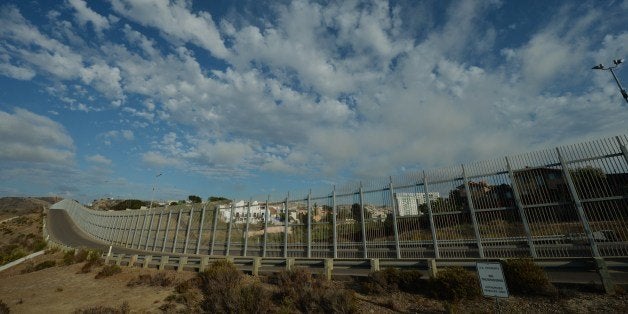
By deporting almost 130,000 individual with criminal backgrounds to El Salvador, Guatemala and Honduras in less than a decade, the United States co-created the lethal violence that Central American children are fleeing. Therefore, we are now, as lawyers would say, equitably stopped from deporting them back to the same peril. In other words, we endangered these kids and now owe them safe harbor from the danger that we helped to create.
Both MS-13 and 18th Street gangs got their start on American soil in response to gang attacks from our other homegrown gangs. MS-13 began in the U.S. as young "stoners" who hung out behind a 7-Eleven in Pico Union section of Central LA. Originally non-violent, they became lethal in response to attacks from other American gangs like 18th Street. For MS members, the fights escalated, more of the MS members went to U.S. prisons, otherwise known as graduate schools for gangsters. There they became the full-fledged killers that our crimogenic prisons are so good at creating. Similarly, 18th Street evolved from Clanton Street, a Chicano gang in Los Angeles. As it grew, many Salvadoran youths who did not want to join MS-13, joined 18th Street and thus the rivalry began.
After both gangs became virulently violent, we deported many of their members to Central America under problematic immigration policies. Between 2001 and 2010, the U.S. deported to Central America 129,760 immigrants with criminal records, most of them gang affiliated. What did we think would happen? Or did we just not care? LA gang members were returned to their home countries with no means of supporting themselves and most survived as gangsters. They found it easy to force Central American kids with no adult or governmental protection into their gangs. This sparked the proliferation of MS and 18th Street in Central America. Thus, through our bone-headed deportation policies, we created a clear peril for these countries, which we knew were ill-equipped to handle an overwhelming influx of gang members.
In Central America, violence has become the currency through which the gangs engage each other, carry out their drug business and control the population through fear. With no effective government response, there is no end in sight to the astronomical homicide rates these Central American countries suffer. For example, one in 14 Hondurans can expect to be killed by gangs. Can we blame the Central American parents sending their children north with the hope that they will escape this plague of violence and survive?
And of course America's voracious appetite for drugs also fuels Central American violence. Colombian and Mexican cartels have shifted the drug trafficking routes through Central America and are using Central American gang members to bring us our drugs. El Salvador, Honduras and Guatemala are on the verge of becoming narco-states that do not protect their citizens from drug gangs. Shouldn't we have expected that by depositing tens of thousands of violent gangsters in such tiny countries and generating demand for drug trafficking that we would contribute to a state of chaos? Forrest Gump could have predicted the blowback that we see today.
One Guatemalan child described the typical dilemma faced by thousands of Central American kids. He had been gang-pressed every day for a month before fleeing North the night before the gang's deadline for joining their ranks. The gang intended to kill him if he continued to refuse them. He had no one to protect him, no one to intervene and no way of staying safe. So he fled north to join his father. We co-created the gang that threatened his life. And we feed that gang's activities through our demand for drugs. We should not send him back into the danger we have had such a bloody hand in sponsoring.
I am not suggesting that the U.S. is the only or even main factor in the unacceptably dangerous conditions in Central America. But we had a substantial role in creating and aggravating those conditions and therefore should view the children fleeing from that danger as refugees to whom we owe a special duty. Under no circumstance should we send them back and condemn them to be killed in the nihilistic life of gang members. Indeed, these children have only four choices: join a gang or a cartel, become a gang-pressed sex or labor slave, risk the danger-trek to the North, or wait to be killed. Which would you choose? And wouldn't you expect people who created the danger that you are fleeing to shelter you?